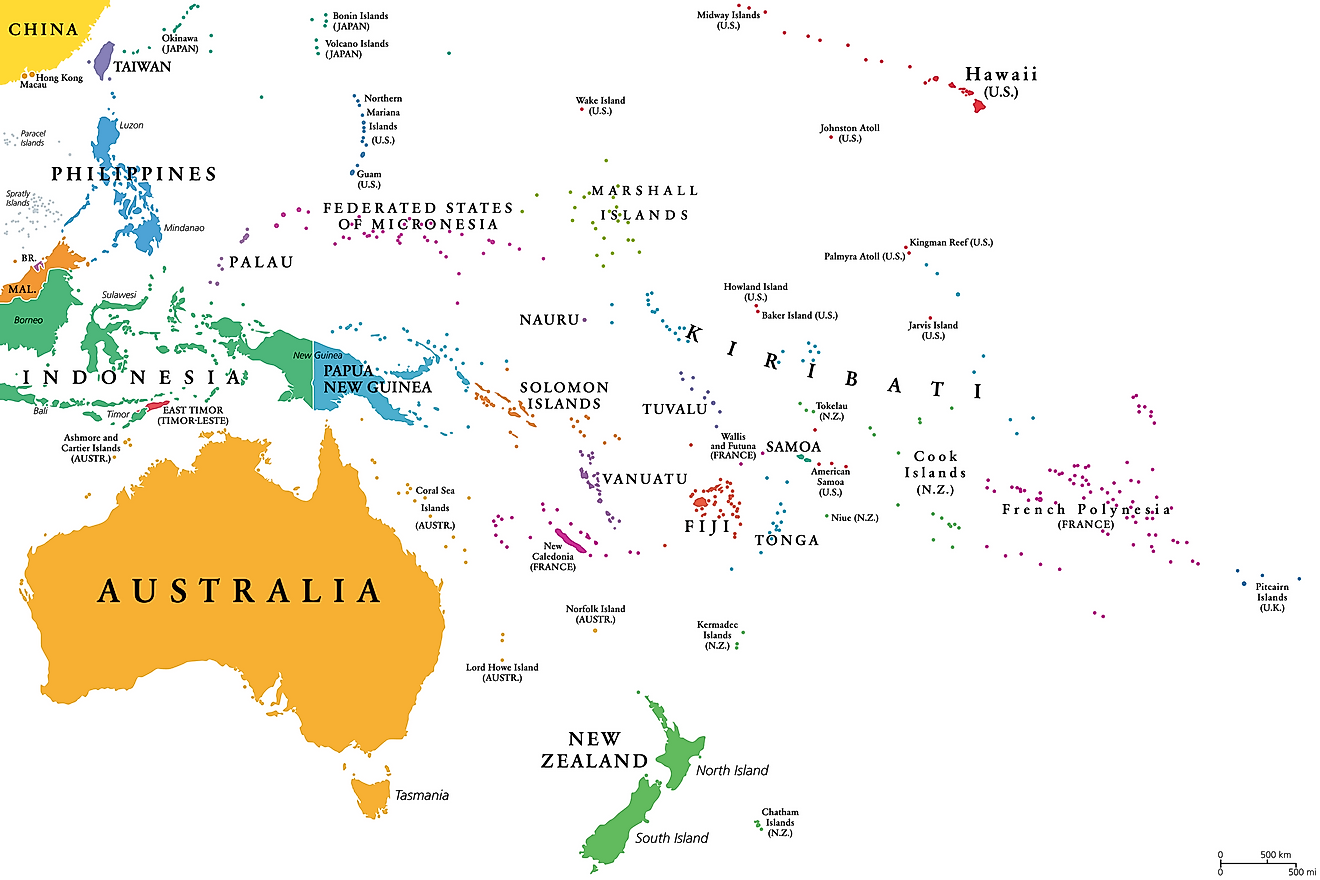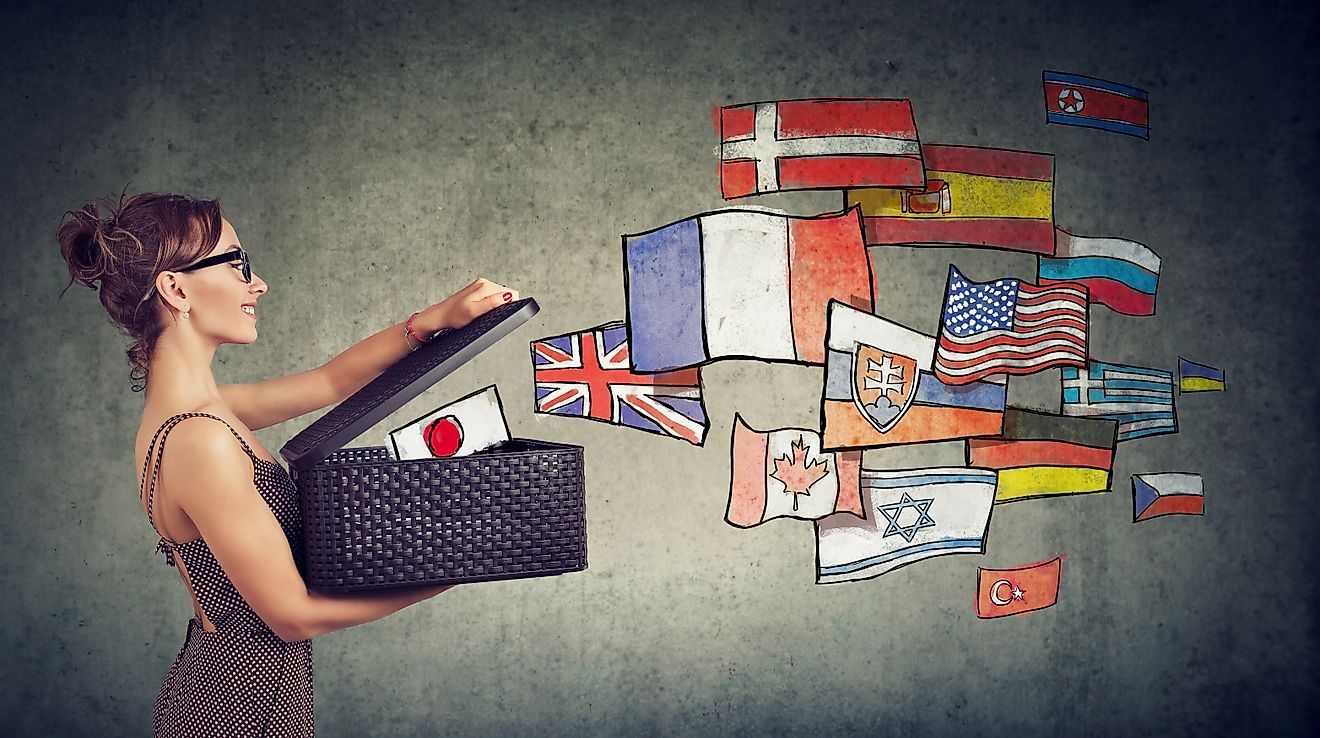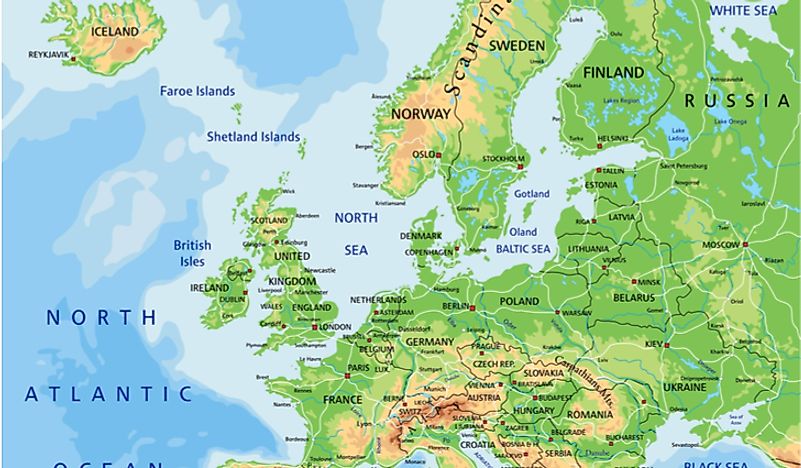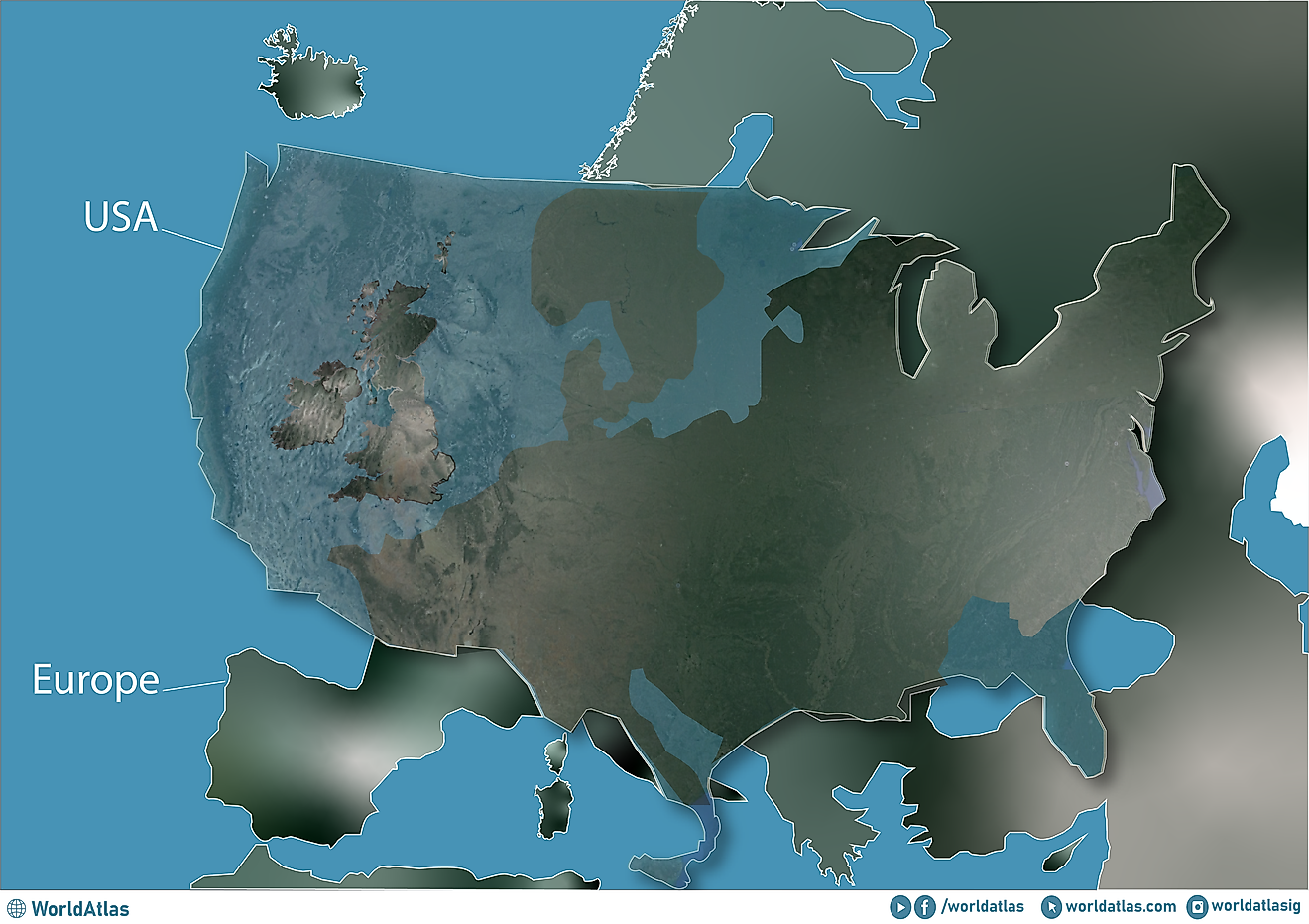Yemen Crisis

- Yemen has been in a state of civil war since 2015.
- The opposing sides in Yemen's civil war are all supported by foreign powers.
- The United Nations High Commission for Refugees (UNHCR) has called the current humanitarian situation in Yemen the worst humanitarian crisis in the world.
- Yemen is on course to become the world's poorest country, if the current crisis continues into 2022.
Yemen is the poorest country in the entire Middle East region. To make matters worse, it is also a country that is stricken with violence. Yemeni society is a fractured society plagued by conflict. The latest strife in Yemen came on the heels of a popular uprising that deposed Yemen’s long-time president. The new leadership attempted to draw up a new constitution that would address the grievances of the country’s various factions. But a consensus could not be reached, and by 2015, the country was in the grips of a civil war that would lead to what is now the world’s worst humanitarian crisis.
About Yemen
Yemen is located in the southwest corner of the Arabian Peninsula. It is bordered to the north by Saudi Arabia, to the south by the Gulf of Aden, to the West by the Red Sea, and to the east by Oman. Before becoming independent, the northwest of what is now Yemen was ruled by the Ottoman Empire, while the rest of the country was controlled by Britain. In 1918, the Ottoman Empire ceased to exist, and the part of Yemen that was under its control became independent. In 1967, Britain withdrew from its part of Yemen, and a newly independent state was formed therein. From this point forward, the two Yemeni states would be colloquially known as North Yemen and South Yemen. Both states were beset by internal conflict, and also clashed with each other on occasion. In 1990, the two Yemeni states united to form one Republic of Yemen.

Today, Yemen has a total population of approximately 30.5 million people, the overwhelming majority of whom are of Arab descent. Most of the country’s population lives in the western part of the country. The two principle cities in Yemen are the capital, Sanaa, in the northwest of the country, and Aden, in the south, on the coast of the Gulf of Aden. Most of the population, however, lives in rural areas. Nearly all Yemenis practice the Islamic faith. A slim majority, about 56% of Yemenis, are Sunnis, while 42% are Shiites. Most of the Shiite population is concentrated in what was North Yemen, while the Sunnis dominate the south. The conflict between the two Muslim sects is reflected in the country’s current civil war.
As previously mentioned, Yemen is the poorest country in the Middle East. Prior to the beginning of the conflict, about 47% of Yemen’s population lived in poverty. Decades of armed conflict and ineffective governance have kept Yemen poor. In addition, unlike other countries in the region, Yemen is not blessed with abundant oil and gas reserves. The country does have some oil, which accounts for 75% of its GDP, but its oil reserves are small compared to those of its neighbors.
How Did The Yemen Crisis Begin?
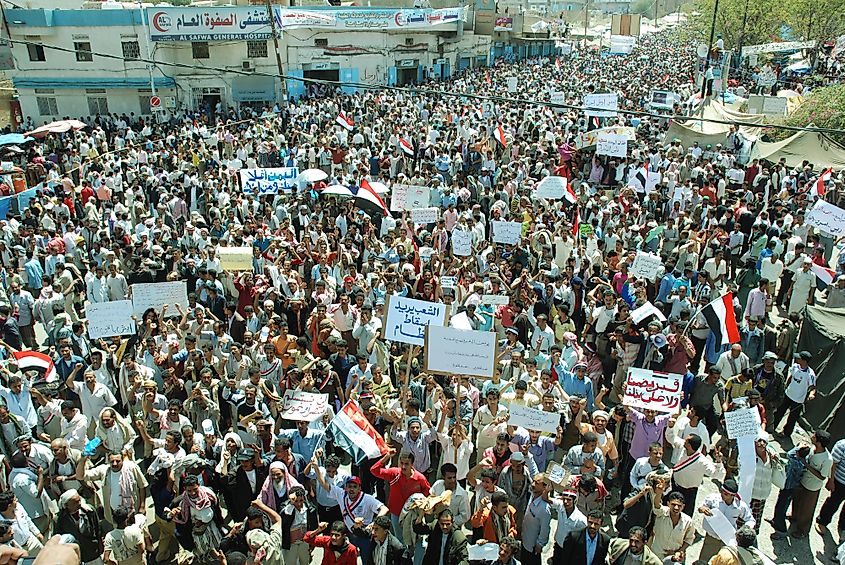
In 2011, the Arab Spring took place, in which people throughout the Arab world demonstrated against their leaders for greater freedom and democracy. This widespread movement included many Yemenis demanding the resignation of their president, Ali Abdullah Saleh, who had ruled since 1978, first as the leader of North Yemen, and then as the leader of the unified country as of 1990. Saleh eventually acceded to the demands of his people, and in November 2011, resigned, handing power to his deputy, Abdrabbuh Mansour Hadi.
Hadi subsequently formed a unity government that included members of the opposition. He then set about beginning a dialogue that was to lead to the drafting of a new, federal constitution that would satisfy the grievances of Yemen’s various factions. This constitution was finally drawn up in 2014, but a northern-based Shiite militia, known as the Houthis, rejected the deal, and began an offensive against the government, which ended with their complete takeover of Sanaa by the beginning of 2015. Since then, Yemen has been in the grips of a full-blown civil war.
The Present Situation

Control of Yemen is now divided between various militia groups and the internationally-recognized government of President Hadi. The northwest, including the capital, Sanaa, is controlled by the Houthis. The Houthis are a Shiite militia named for their late leader, Hussein Al-Houthi. They first emerged in the 1990s, as an opposition movement against then-President Saleh, whom they accused of corruption. In 2004, they began an insurgency against the Yemeni government after government forces killed their leader. This insurgency lasted until 2007, when the Houthis agreed to a ceasefire. Seven years later, in a stunning turn of events, the Houthis began colluding with former President Saleh to undermine President Hadi’s government. As much of the Yemeni army was still loyal to Saleh, he and the Houthis managed to form the most powerful military force in the country.
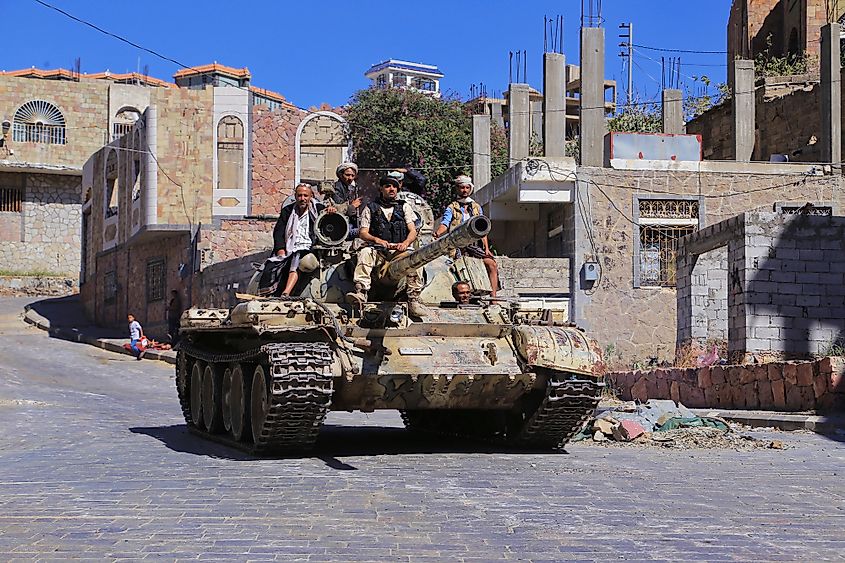
Most of the south and east of Yemen is now under the control of President Hadi’s government, which is the internationally-recognized government of Yemen. Having been driven from Sanaa, Hadi’s government is now based in Aden. Among his allies are forces belonging to the Southern Transitional Council (STC). This group is comprised of people seeking independence for what was once South Yemen. In 2018, the STC’s forces seized control of Aden. They now also control most of Yemen’s four southern governorates (provinces). In 2019, however, President Hadi concluded a power-sharing deal with the STC, which now has almost a fifth of the cabinet seats in his government.
Also in the south is the Islamic terrorist group, Al-Qaeda, whose late leader, Osama Bin Laden, orchestrated the 9/11 terrorist attacks in the United States. In the year 2000, the group attacked an American naval ship, the USS Cole, in Aden, killing 17 US personnel. The group continued its attacks before and after the events of the 2011 Arab Spring. Another Islamist group, the Islamic State, commonly known by the acronyms, ISIL or ISIS, also has a presence in Yemen.
The Proxy War
All of those party to the war in Yemen have foreign backers. The Houthis are supported by the Shiite Islamic fundamentalist regime in Iran, which is known to supply the group with weapons and funding. The internationally-recognized government of President Hadi has the strong support of the so-called Arab Coalition, a group of Sunni Muslim countries, which was put together by regional power, Saudi Arabia, with the logistical support of the United States. The Arab Coalition has conducted a campaign of airstrikes on the Houthis since 2015. The members of this alliance view the Houthis as a threat since they are strongly supported by Iran, whom the Sunni states view as a long-term strategic danger to their interests. For their part, the Houthis have responded to the military efforts of the Arab Coalition by launching a series of missile and drone strikes into Saudi territory. Thus, the war in Yemen has implications for the entire Middle East region.
The Humanitarian Crisis

The war in Yemen has made one of the world’s poorest countries even poorer. In fact, it is projected that if the conflict persists into 2022, Yemen will be the poorest country in the world. Whereas nearly half of the country’s population lived in poverty prior to the beginning of the war, up to 79% will live in poverty if the conflict continues into next year. In addition, 65% of Yemenis living in poverty will be classified as extremely poor. Even so, Yemen continues to host refugees from other countries. Indeed, Yemen hosts 137,000 refugees and asylum seekers from Somalia and Ethiopia.
Other statistics paint a very grim picture of the crisis in Yemen. To date, the civil war in Yemen has displaced millions of people. According to the United Nations High Commission for Refugees (UNHCR), 4 million people in Yemen have had to flee their homes, 79% of whom are women and children. Furthermore, 20 million people, which is equivalent to around two thirds of Yemen’s population, require humanitarian aid. More than half of the country’s population, approximately 16 million people, suffer from hunger, and another 5 million are on the brink of famine. In light of these statistics, the UNHCR has referred to Yemen as the world’s worst humanitarian crisis. It is also a humanitarian crisis compounded by the ongoing COVID-19 pandemic.

Getting aid to Yemen has proven to be difficult. One reason is that promises of aid simply do not materialize. As of 2018, for example, less than 10% of the amount required for humanitarian assistance in Yemen had been collected. Another major problem is the lack of cooperation on the part of the warring parties for aid to be distributed. All parties to the conflict have been accused of hampering aid efforts. The Saudi-led Arab Coalition, for example, has been accused of not allowing aid to reach areas controlled by the Houthis. The Arab Coalition has also been accused of destroying infrastructure that is crucial for getting aid to Yemen’s people. In one instance, the Coalition destroyed a bridge linking the Yemeni port of Hodeidah with the capital, Sanaa, used to carry 90% of the food aid gathered by the UN. Meanwhile, the Houthis have deployed mines in the Red Sea, which hampers efforts to get humanitarian aid to the people of Yemen by sea.








